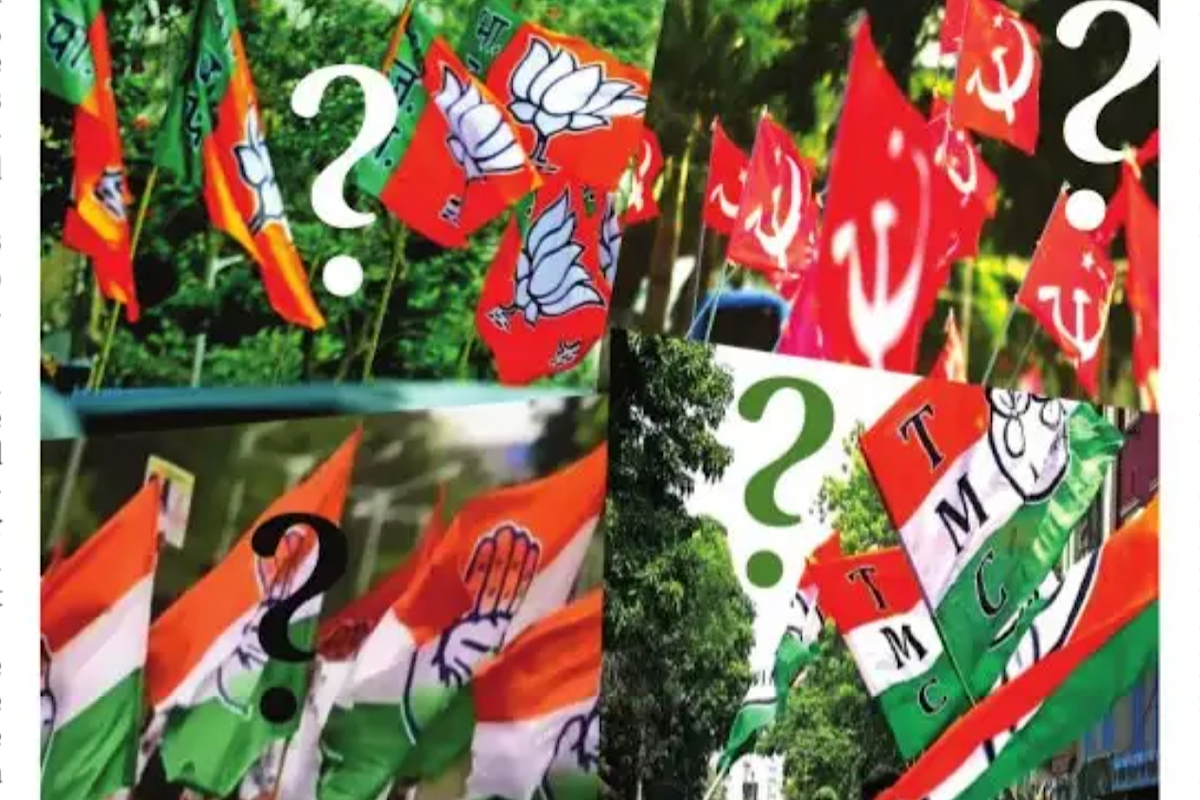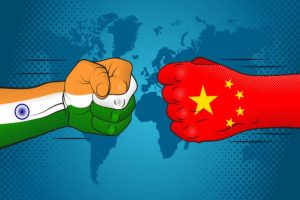Everyone is waiting with bated breath for the 2024 poll results, which will be released on June 4. The last phase of polling was on June 1. Meanwhile, political parties want to win and make claims and counterclaims. Many are betting, and the BJP is the favourite. The INDIA block is also in the race with slim chances. Whoever wins, there are challenges to meet. Prime Minister Narendra Modi says his last ten years have been the appetizer and the main meal will come in his third term if he wins. During the campaign, Modi said, “Wait for bigger decisions in the third term.
I’m already working on a roadmap that will be completed soon.” While several forecasts indicate an impressive victory for Modi or the emergence of his party as the single largest, political outcomes are still in flux. In 2004, the UPA formed the government despite the hype by the BJP. Modi’s pursuit of a third term is more than for securing his legacy across all sectors. It’s a bold attempt to surpass Prime Minister Jawaharlal Nehru’s three-term record. While the Prime Minister has undoubtedly achieved significant success, ‘Modi 3.0,’ presents immediate challenges. First, he has to complete his unfinished agenda. They include implementing a Uniform Civil Code, ‘one nation, one election,’ elevating India to the third largest economy, and continuing bold land and labour reforms. Effectively managing these challenges is crucial to his success.
Advertisement
Over the last three months, Modi’s government has been working on a ‘125-day plan’ for the next phase of governance. The initial plan was for a 100-day programme, but he extended it by another 25 days, specifically for the youth. The agenda is expected to include 50 to 70 essential goals and will set the tone and intent of the new government. Modi’s strategy to discredit his opponents further and potentially break up the INDIA coalition could lead to significant shifts in India’s political landscape. Modi’s proposal for simultaneous elections for the States and the Lok Sabha is linked to the concept of ‘one nation, one poll.’
This would entail holding all elections in the country, from local to national simultaneously. If implemented, this change could lead to a more streamlined and efficient electoral system. Modi has already laid the groundwork for this proposal, as a committee under former president Ramnath Kovind’s leadership has suggested holding Lok Sabha and all state elections together and synchronizing local elections with the Lok Sabha/Assembly polls. However, the delimitation exercise involves redrawing the boundaries of parliamentary and assembly constituencies, and the decennial census must be completed before that. This delimitation could have significant political implications, particularly for Southern states. The South feared it would be disadvantaged when the delimitation was made based on population numbers.
An affidavit submitted to the Supreme Court has said the delimitation will likely increase the number of seats in the Lok Sabha from 543 to 888 and in the Rajya Sabha from 250 to 384. Modi has ensured adequate seating in the new Parliament building. The South has effectively implemented a population control policy, decreasing its population. As a result, Southern states risk losing at least 100 seats in the delimitation process, potentially leading to a North-South political divide. This could become a point of contention, as regional parties in the South feel that the current regime is focused more on the North. Another contentious issue is the Uniform Civil Code, a core issue of the BJP. It is a proposed set of laws that would apply to all citizens of India regardless of their religion.
The BJP-ruled Uttarakhand has already taken the first step towards implementing a Uniform Civil Code, and the other BJP-ruled states will soon follow. However, this complex issue involves reconciling diverse religious and cultural practices, which could potentially disrupt the country’s social fabric. A campaign issue of the Opposition was that the BJP would amend the Constitution and remove the word ‘secular.’ The Opposition is concerned that a Modi government with a significant majority could alter the Preamble and remove the terms’ socialist’ and ‘secular’ added by the 42nd Amendment. Modi’s vision for ‘Viksit Bharat’ is a nation where everyone can dream big and succeed. He aims to propel India to become the world’s third-largest economy.
His post-election agenda prioritizes manufacturing, new-age technology, infrastructure development, and clean energy sectors. These reforms will boost economic growth, potentially leading to India’s brighter future. There is a slim chance that the INDIA coalition might surprise everyone and improve its tally. Congress leader Jairam Ramesh claims that the Opposition bloc will get more than 272 seats and will choose the PM candidate in 48 hours. If the INDIA coalition forms a government, it could face numerous hurdles, including selecting the Prime Minister and implementing its ambitious manifesto. These potential outcomes add a layer of uncertainty to India’s political landscape. Elections have produced surprises and upsets in the past. India’s strength lies in its history of smoothly transitioning power. We will soon find out what happens post the 2024 election.











